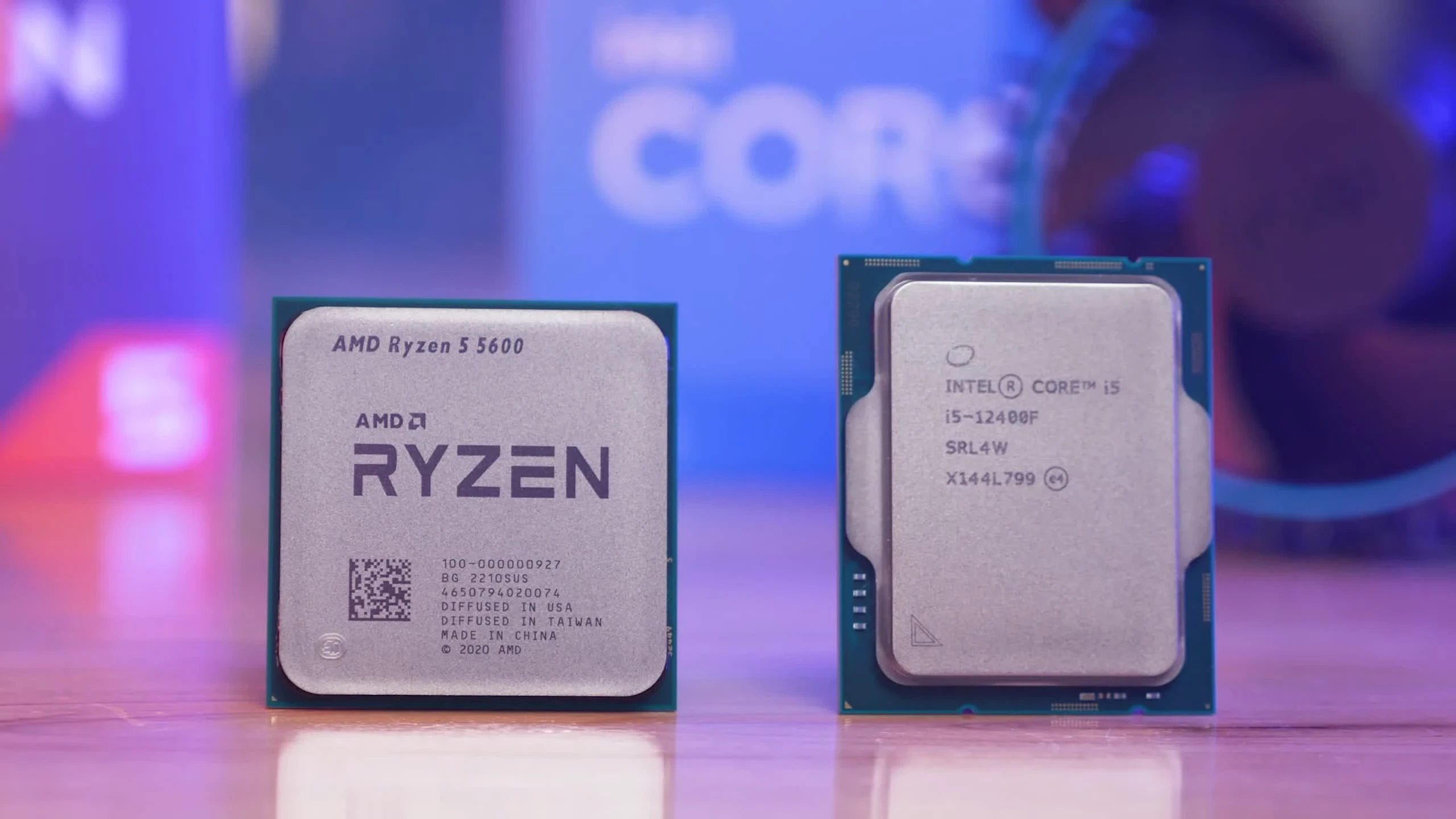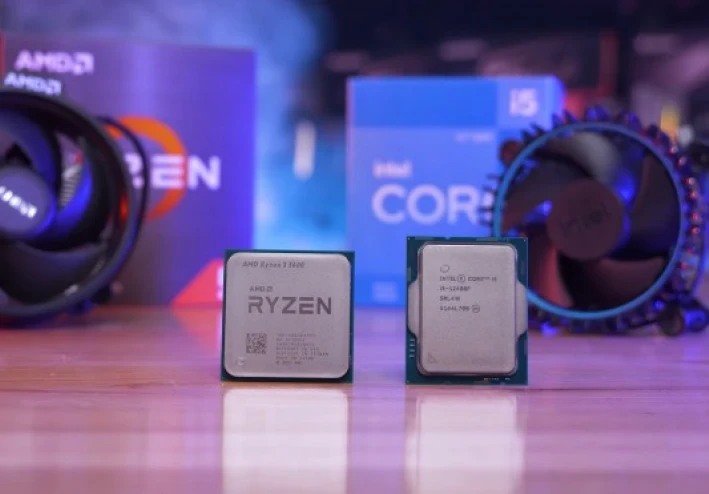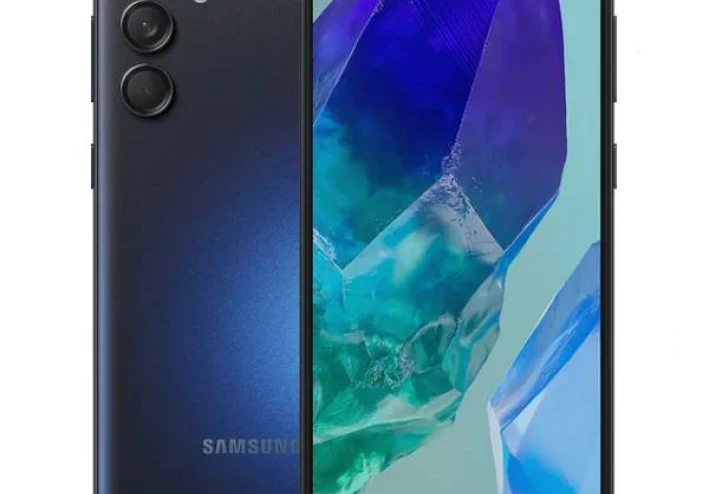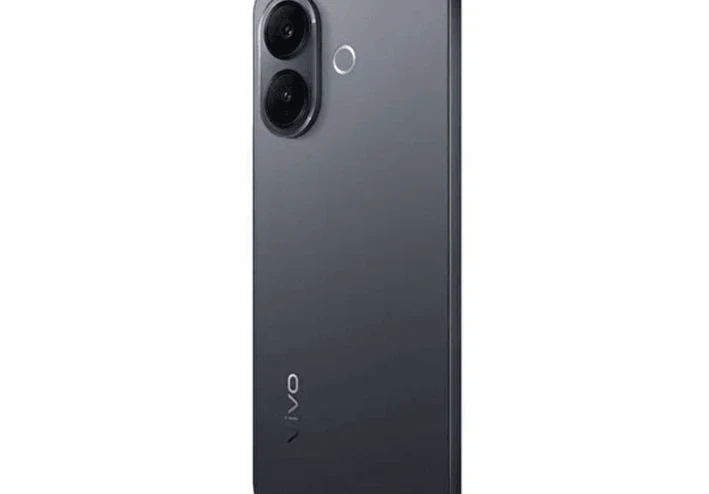
?Intel Core i5-12400F vs AMD Ryzen 5 5600: Which One Should You Choose in 2025
Introduction
When it comes to building a new PC, one of the toughest choices is picking the right CPU. Two of the most popular mid-range options today are the Intel Core i5-12400F and the AMD Ryzen 5 5600. Both processors offer excellent value for money, strong gaming performance, and reliable productivity results—but they differ in architecture, compatibility, and upgrade potential.
In this article, we’ll dive deep into their specifications, gaming benchmarks, productivity performance, power efficiency, and pricing to help you decide which one suits you best.
Specifications
Intel Core i5-12400F
Cores/Threads: 6C/12T
Base Clock: 2.5 GHz
Boost Clock: Up to 4.4 GHz
Architecture: Alder Lake (Intel 7)
Cache: 18MB L3
TDP: 65W
Memory Support: DDR4 & DDR5
Integrated GPU: None (F model = no iGPU)
AMD Ryzen 5 5600
Cores/Threads: 6C/12T
Base Clock: 3.5 GHz
Boost Clock: Up to 4.4 GHz
Architecture: Zen 3 (7nm)
Cache: 32MB L3
TDP: 65W
Memory Support: DDR4 only
Integrated GPU: None
Gaming Performance
Intel Core i5-12400F
Excellent performance in modern titles, especially paired with GPUs like the RTX 3060 or RTX 4060.
DDR5 support ensures better scalability in the future.
At 1080p, it delivers slightly higher FPS in esports titles like CS:GO and Fortnite.
AMD Ryzen 5 5600
Strong gaming results that are often neck-and-neck with the i5.
Thanks to its larger L3 cache, it performs better in cache-heavy games like Rainbow Six Siege and Warzone.
Ideal for gamers upgrading from older AM4 CPUs.
Productivity and Workload Performance
Intel Core i5-12400F
Around 5–10% faster in productivity software such as Adobe Premiere Pro and Photoshop.
Higher IPC from Alder Lake architecture means quicker task completion.
AMD Ryzen 5 5600
Delivers consistent performance, particularly in workloads that benefit from cache size.
In rendering applications like Blender, it performs nearly on par with the i5-12400F.
Power Consumption and Thermals
Both CPUs have a rated TDP of 65W.
The i5-12400F can draw slightly more under heavy load.
The Ryzen 5 5600 runs cooler on average and is easier to cool with standard air coolers.
Compatibility
Intel Core i5-12400F
Compatible with 600-series motherboards (H610, B660, Z690).
Supports both DDR4 and DDR5, offering better future-proofing.
AMD Ryzen 5 5600
Works on older AM4 motherboards (B450, B550, X570).
Great choice for budget-friendly upgrades without changing the whole platform.
Pricing
Intel Core i5-12400F: Around $170–$190.
AMD Ryzen 5 5600: Around $150–$170.
(Prices vary by region, but Ryzen is usually slightly cheaper.)
Pros and Cons
Intel Core i5-12400F
Pros:
Strong gaming performance.
DDR5 support.
Modern Alder Lake architecture.
Cons:
Requires newer (and often pricier) motherboards.
Runs slightly hotter under load.
AMD Ryzen 5 5600
Pros:
Larger 32MB cache.
Cooler and easier to manage thermals.
Affordable, especially for AM4 upgraders.
Typically cheaper than the i5.
Cons:
No DDR5 support.
AM4 platform is at the end of its life cycle.
Verdict
If you’re building a brand-new system and want future-proof features like DDR5 support, the Intel Core i5-12400F is the better choice.
But if you already own an AM4 motherboard and want an affordable, hassle-free upgrade, the AMD Ryzen 5 5600 is still an excellent processor in 2025.
Ultimately, both CPUs are great mid-range options, and the choice depends on whether you’re upgrading an existing build or starting fresh.



































